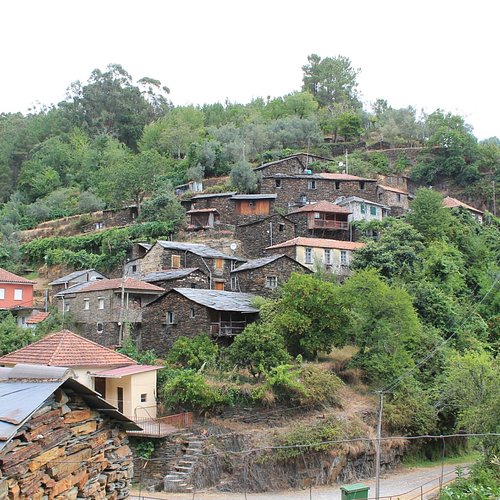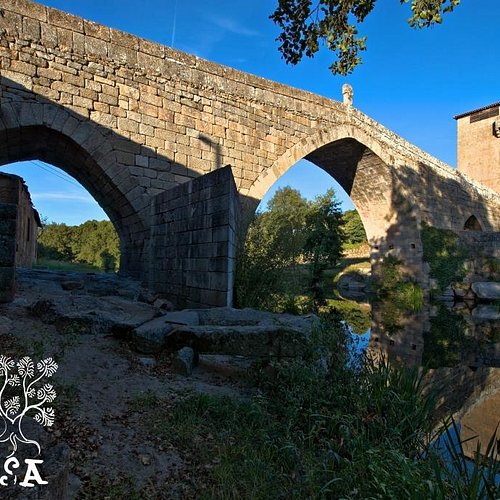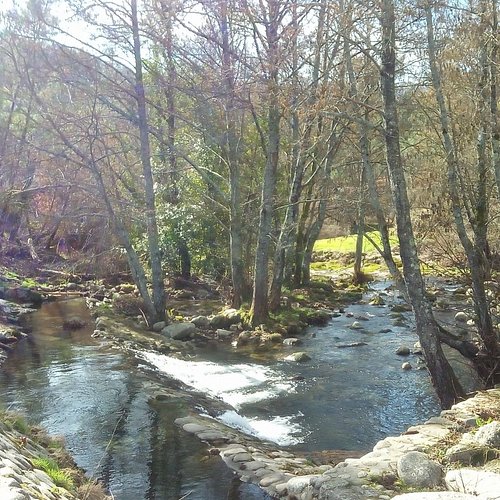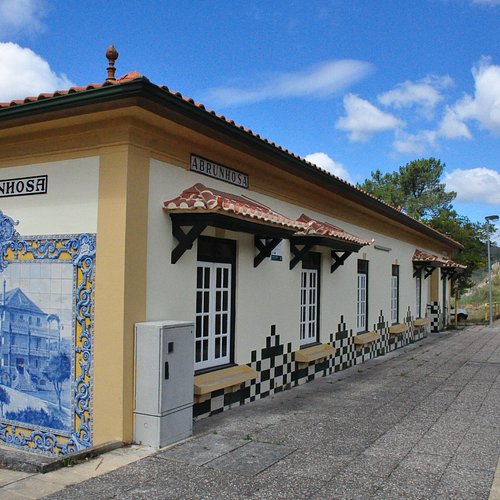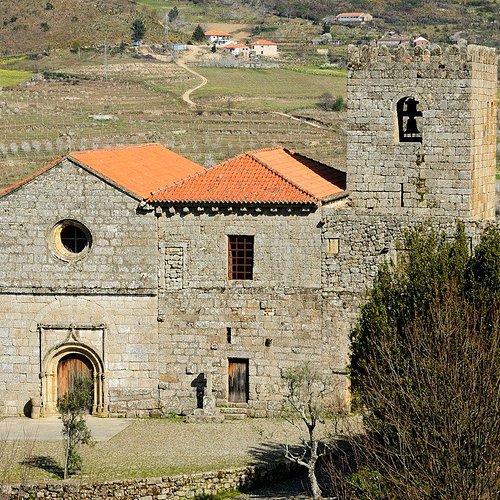Things to do in Viseu District, Northern Portugal: The Best Historic Sites
Discover the best top things to do in Viseu District, Portugal including Aldeia Tipica do Fujaco, Capela de Sao Pedro de Balsemao, Ponte Fortificada de Ucanha, Mosteiro de Santa Maria de Salzedas, Monastery of Sao Joao de Tarouca, Castelo de Penedono, Torre de Cambra, City of Mangualde, Monastery of Saint Mary of Carquere, Porta Dos Cavaleiros.
Restaurants in Viseu District
1. Aldeia Tipica do Fujaco
2. Capela de Sao Pedro de Balsemao
Overall Ratings
4.5 based on 50 reviews
The chapel of São Pedro de Balsemão is located in a small plain along the Balsemão river banks. Although the chapel is now part of a seventeenth century manor, its interior still preserves 10th century traits, namely Mozarabic Iberian architecture techniques, which make it one of the rare examples in portuguese territory. Another remarkable element of this small temple is D. Afonso Pires sarcophagus as well as the Roman influence, well visible in several inscribed stones, reused in the construction of the chapel walls.
3. Ponte Fortificada de Ucanha
Overall Ratings
4.5 based on 105 reviews
The most well-Known bridge over the Varosa river is the Ucanha bridge. It was probably built during the 14th-15th century and replaced another Roman bridge. The tower by the bridge was built in 1465 by the initiative of D. Fernando, abbot of Santa Maria de Salzedas monastery. The tower was the entrance to the mosnastic "couto" (land) and served as a toll that the travelers had to pay for crossing it.
Reviewed By IndySig - Indianapolis, United States
The little town of Ucanha is such a treasure. Park just outside of town and stroll around. They are creating a lovely park along the water and it will be a great place to stop for a picnic lunch. Beautiful area.
4. Mosteiro de Santa Maria de Salzedas
Overall Ratings
4.5 based on 50 reviews
The male Cistercian monastery of Santa Maria de Salzedas was founded in 1156 and its construction started in 1168. It was in the late 16th century and during the 17th century that the monastery has the first great renovation works. The medieval cloister was transformed, around 1700, by another, in Baroque style. The maltese architect Carlos Gimach designed the latter and it was one of the most emblematic transformations in the monastery.
Reviewed By HazelB19 - Chatteris, United Kingdom
We stayed at a local town especially to visit this Monastery and we were not disappointed. Restoration work is being carried out but this did not detract from the visit.
5. Monastery of Sao Joao de Tarouca
Overall Ratings
4.5 based on 49 reviews
The male Cistercian monastery of São João de Tarouca was the first Cistercian monastery built in Portugal. It was founded in 1140 and its construction started in 1154. One of the most preserved monastic buildings is the church, which preserves its Cistercian Romanesque style. The sacristy, built in 1704, keeps one of the most impressive portuguese collections of Delft like tiles. From the remaining monastic area, the extensive archaeological excavations made between 1998 and 2007, allowed to identify the original medieval monastic dependences.
6. Castelo de Penedono
Overall Ratings
4.5 based on 108 reviews
Reviewed By margob290 - Austin, United States
We saw the castle from the road and popped in. What a find! The castle ruins are well preserved and the village charming with many good options and a few cute bars.
7. Torre de Cambra
8. City of Mangualde
9. Monastery of Saint Mary of Carquere
Overall Ratings
4.0 based on 21 reviews
Cárquere, the pantheon of the Resendes lineage, has a few elements from its original Romanesque structure: a tower and a crevice on the pantheon. Here we find one of the most peculiar themes in the Portuguese Romanesque style: the beak-heads. Although the Church's interior grew based on a medieval structure, it is the result of the Gothic and Mannerist interventions that left us the chancel's ribbed vault, as well as the main and north lateral portals. This Monastery is part of the Route of the Romanesque.

